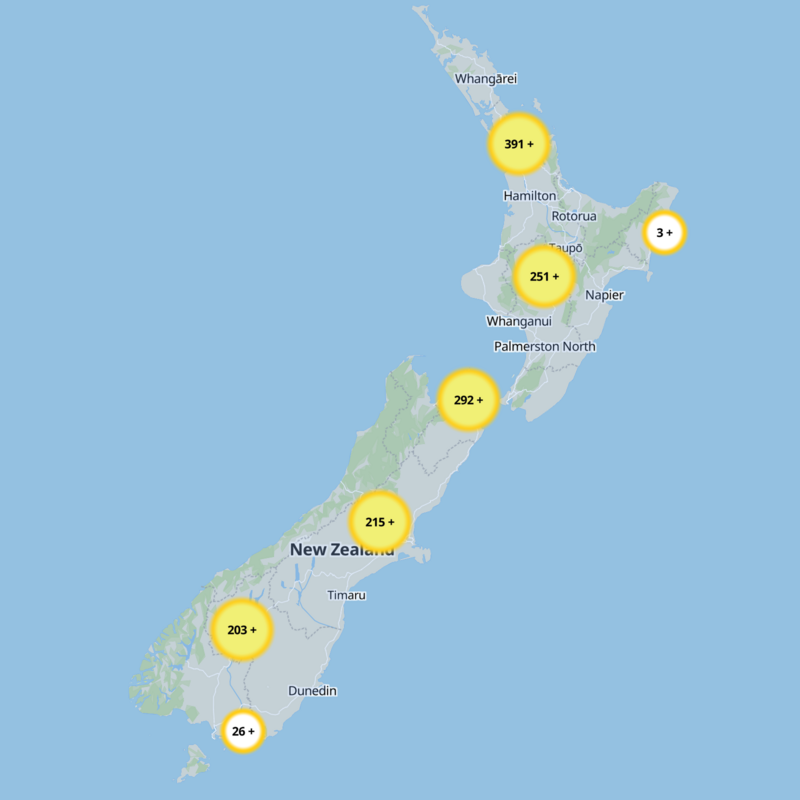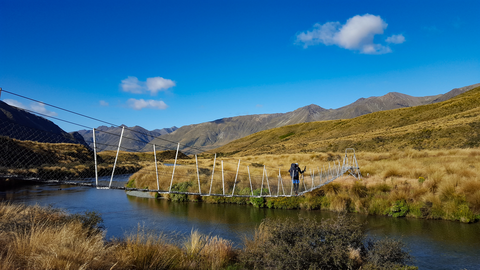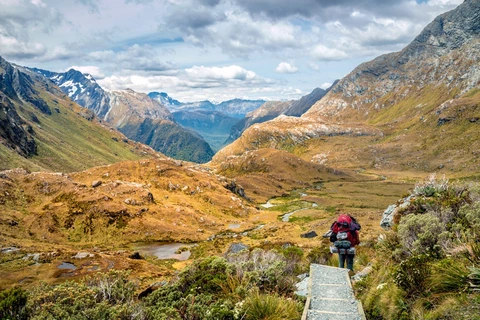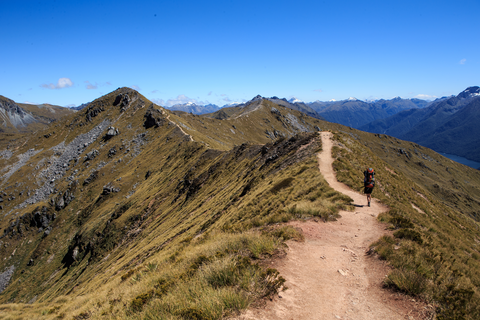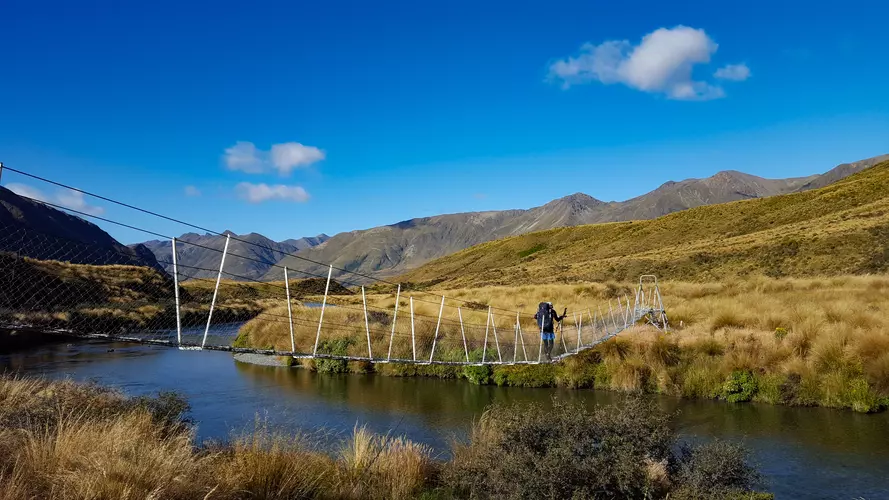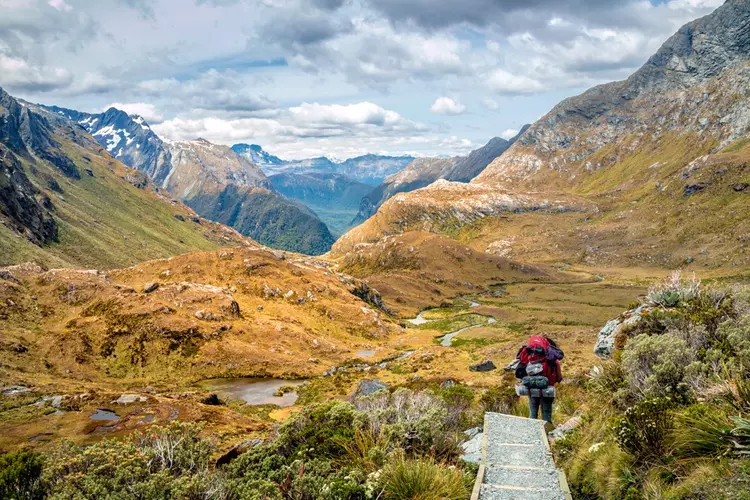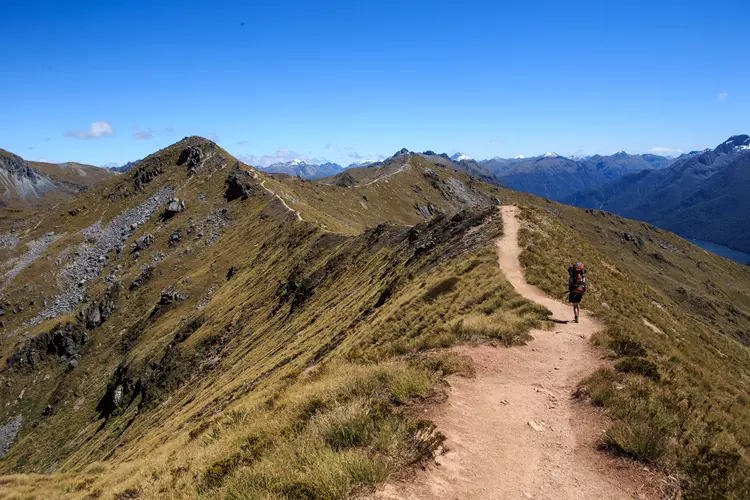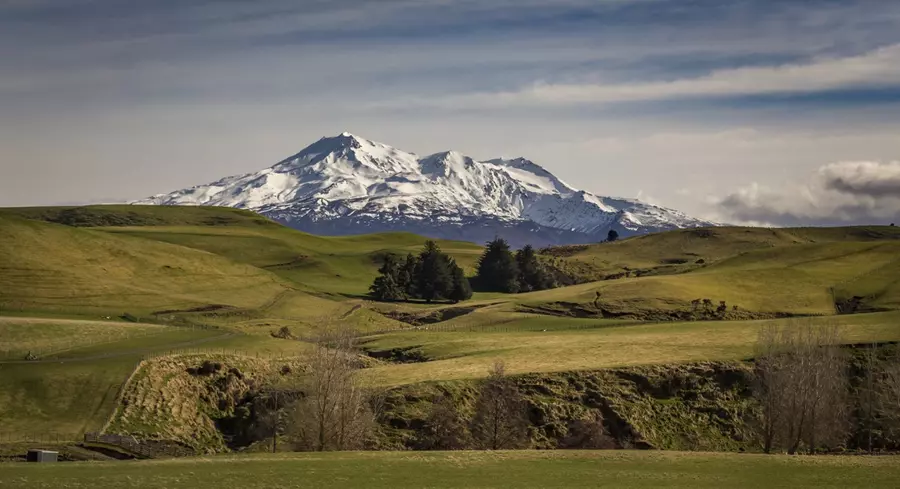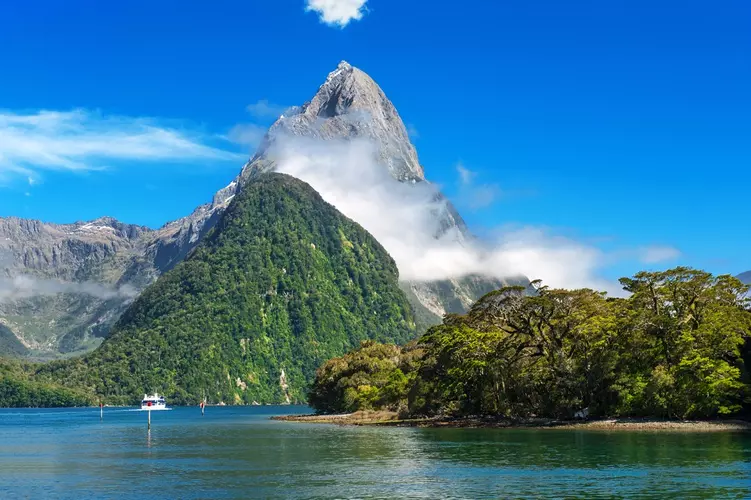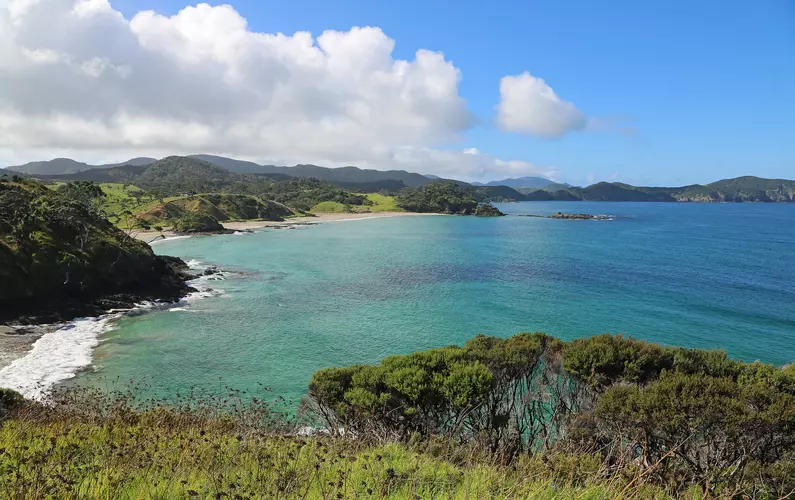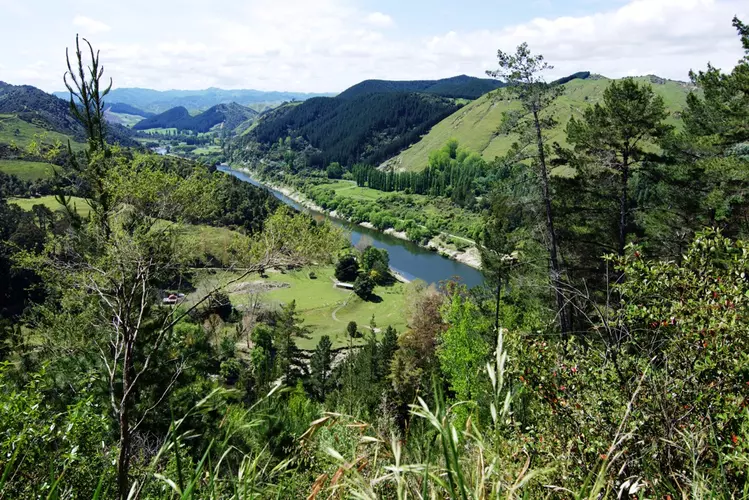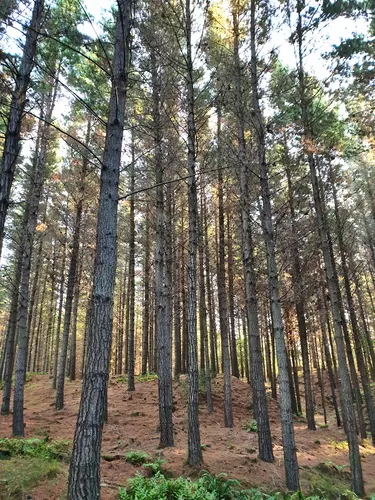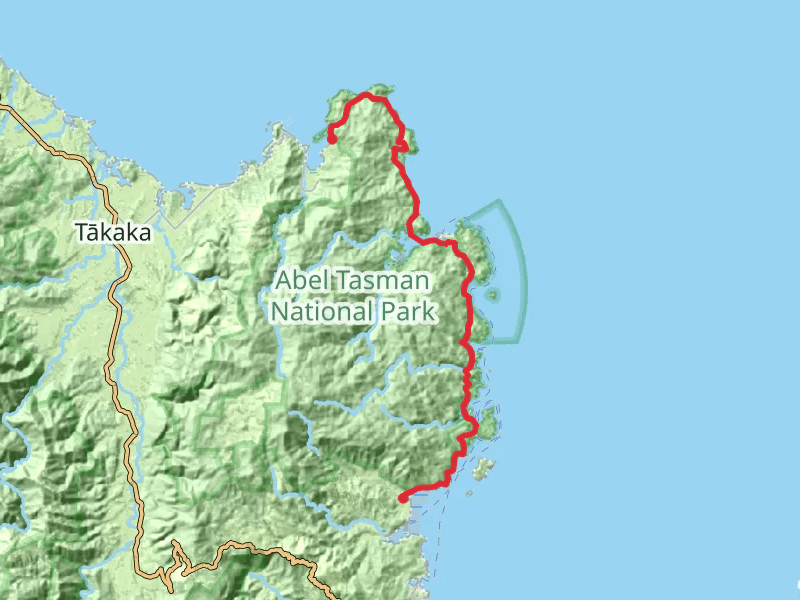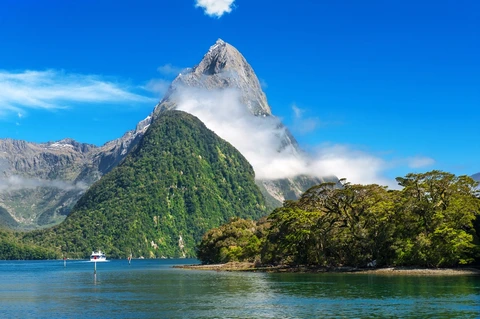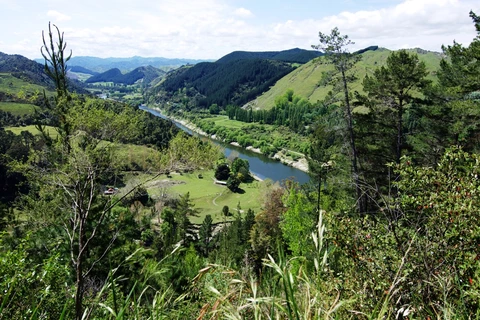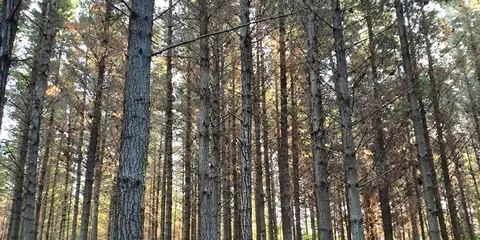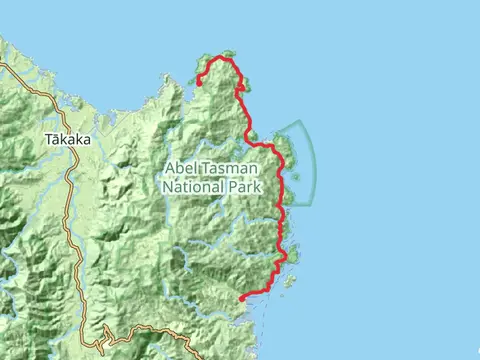"Experience New Zealand's trails, revealing majestic landscapes and vibrant wildlife for unforgettable adventures."
Embark on a journey through New Zealand's breathtaking landscapes, where every trail offers a unique adventure. From the lush rainforests of the Milford Track to the volcanic wonders of Tongariro Alpine Crossing, each step unveils nature's artistry. Discover serene lakes, majestic mountains, and vibrant wildlife, all while breathing in the crisp, invigorating air. Whether you're a seasoned trekker or a casual walker, New Zealand's trails promise awe-inspiring vistas and unforgettable memories.
Most popular hikes
FAQs about hiking in New Zealand






